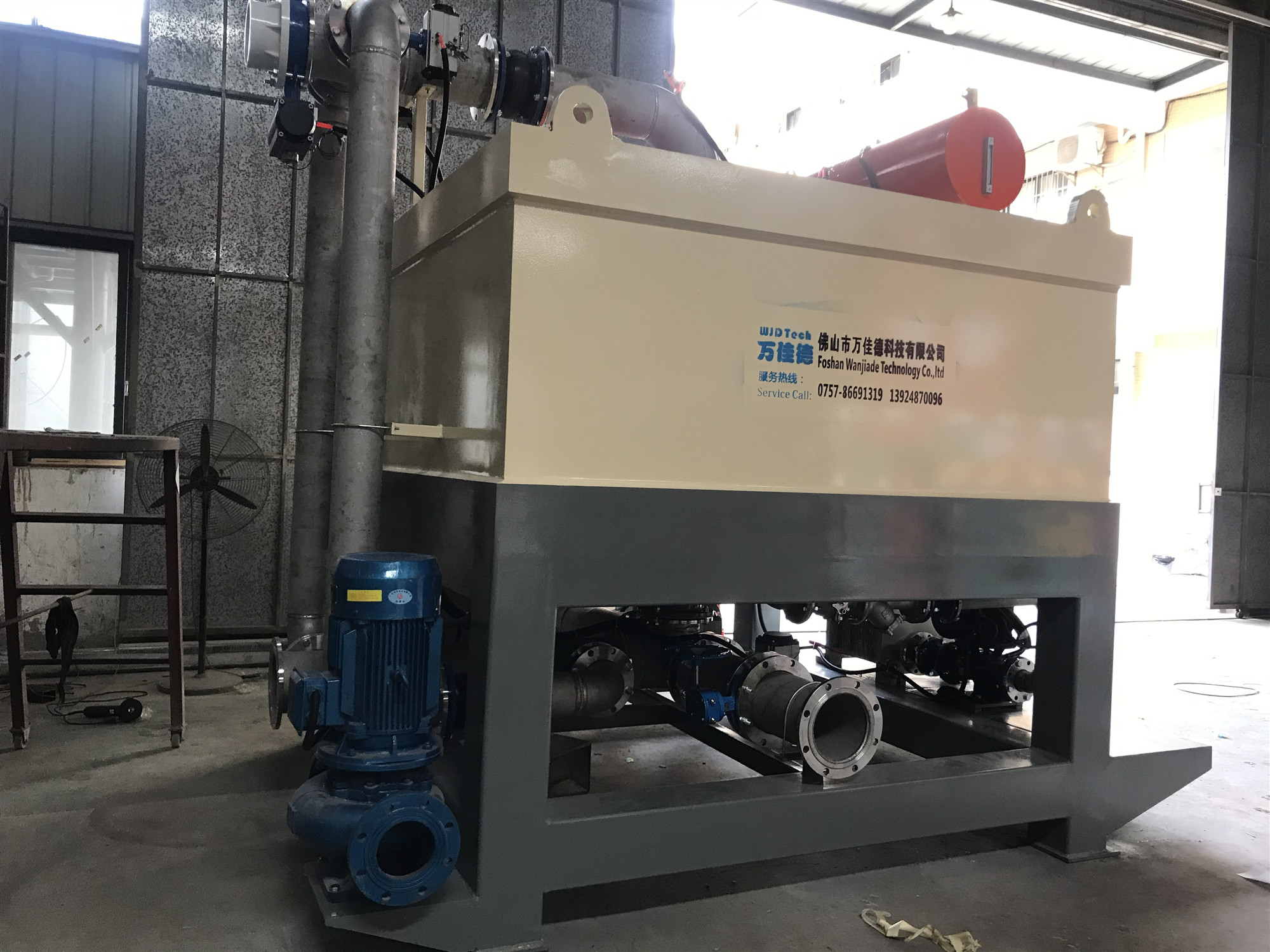|
Preparation method for removing iron from superfine high whiteness calcined kaolin
Calcining is one of the key functions for the development, utilization and deep processing of kaolin resources. Whether it is the production of high-grade fillers, coatings and abrasives, refractory materials must be calcined. Calcining is a necessary measure for whitening kaolin. Calcining also has the effect of selecting and removing impurities. When the materials in kaolin are divided into raw materials for deep processing, calcination is also a necessary means to increase the chemical reaction activity and improve the extraction rate of its useful components. For certain calcination equipment and calcination methods, various influencing factors in the calcination process, such as temperature, heating rate, brightener, atmosphere and raw material fineness, etc., directly affect the performance of the product, and the physical and chemical properties of the calcined product determine Its application performance and use value. Firing whitening is a method to increase the whiteness of kaolin by calcining kaolin in a kiln. High-temperature calcination can effectively remove organic matter in kaolin, especially calcination at 1200-1300°C, which completely changes the phase of kaolin, and iron enters the newly formed mullite or spinel, thereby achieving whitening purpose. But considering that the use of calcined kaolin is for coatings and fillers, the calcining temperature of kaolin is controlled at 900-1000°C. The current calcination methods include high temperature chlorination roasting method and whitening agent calcination method. The high-temperature chlorination roasting method uses flowing chlorine gas in a specific container to roast pelletized clay at a temperature of 700°C to 950°C, so that the iron impurities in the clay react with chlorine gas to form gaseous ferric chloride salt. Eliminate ferric chloride salt in a way to achieve the purpose of removing impurities. In the past few decades, the use of chlorination to smelt metals has increased significantly. This is because the maturity of practical chlorination technology provides a better premise for improving the reactivity of raw materials and reducing production costs. The chlorination method is used to remove the iron and titanium impurities in the kaolin mineral to obtain a certain high whiteness kaolin. This technology was first developed in the paper industry. A preparation method of ultra-fine high-whiteness calcined kaolin relates to an inorganic non-metallic material or mineral processing. The process is simple and easy to implement, environmentally friendly, and convenient to operate, and is suitable for an industrialized preparation method for removing iron from superfine high-whiteness calcined kaolin.
下一页:没有了
|







